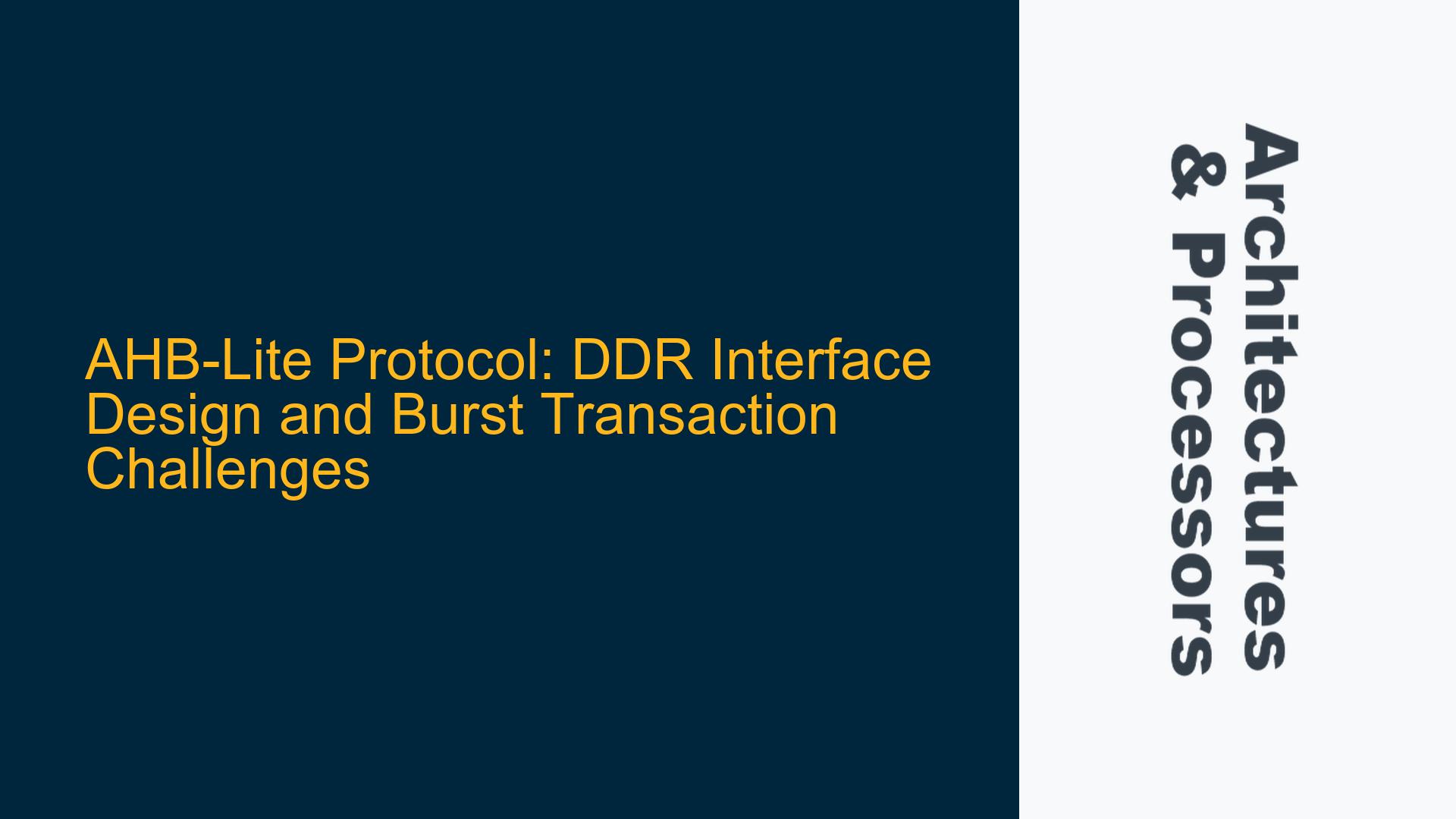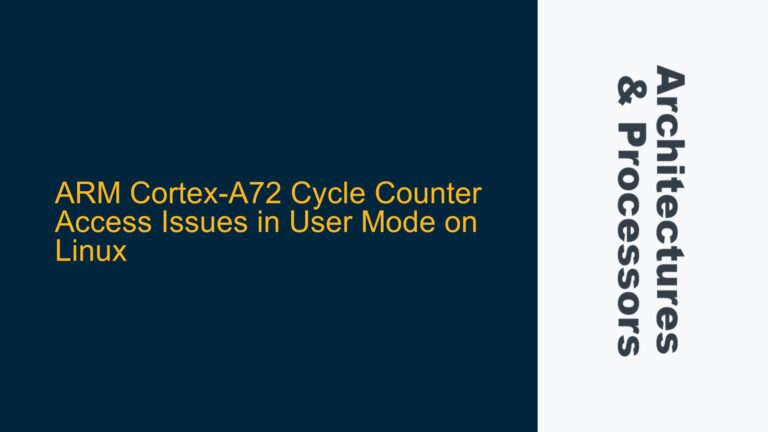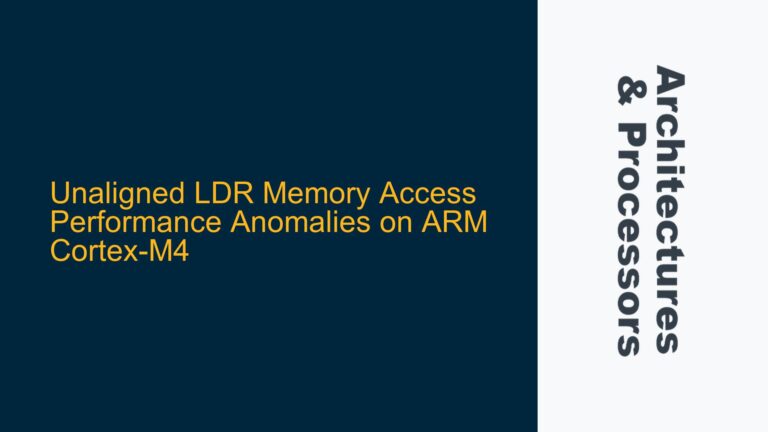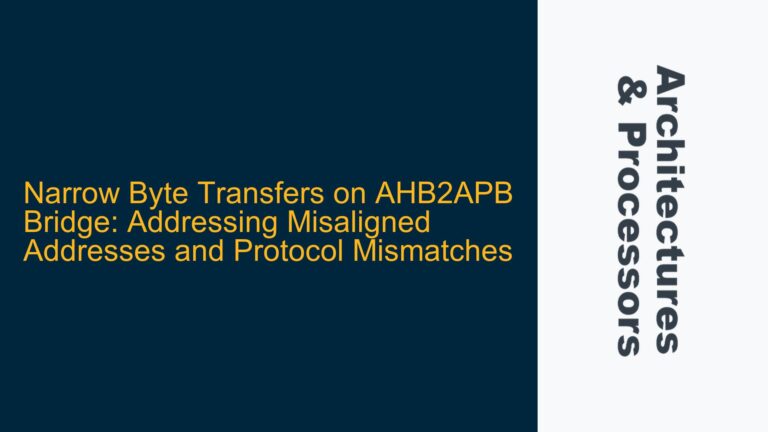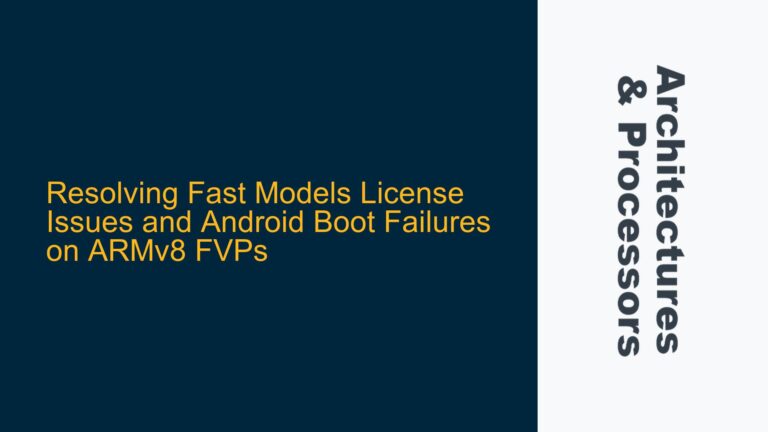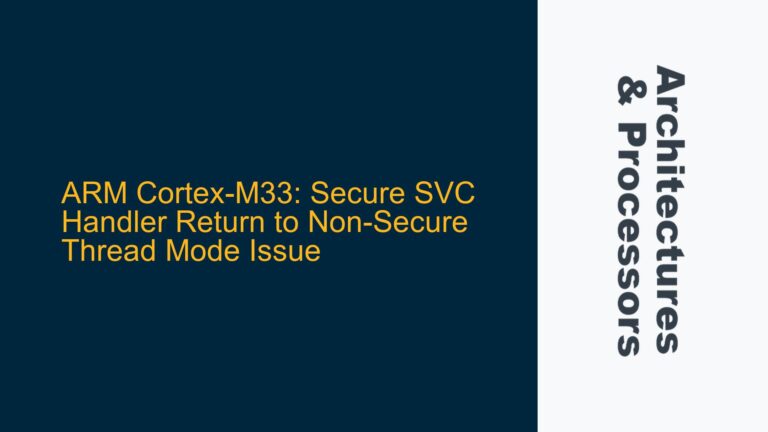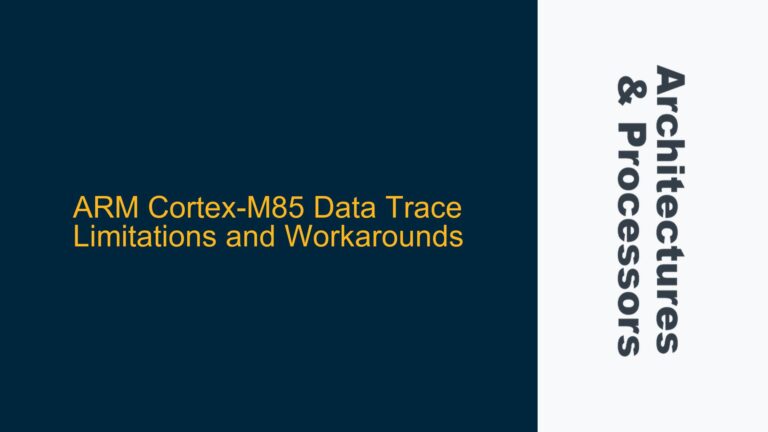AHB-Lite DDR Interface Design and Burst Transaction Timing
The Advanced High-performance Bus Lite (AHB-Lite) protocol is a simplified version of the AMBA AHB protocol, designed for systems with a single bus master. It is widely used in embedded systems, particularly for interfacing with memory subsystems such as DDR (Double Data Rate) memory. However, designing an AHB-Lite interface for DDR memory involves several nuanced considerations, particularly around burst transactions, response timing, and signal management. This post delves into the core issues surrounding AHB-Lite DDR interface design, focusing on burst transactions, response handling, and protocol compliance.
HREADY, HSEL, and Burst Transaction Response Timing
In an AHB-Lite system, the HREADY signal plays a critical role in managing the flow of data between the master (manager) and the slave (subordinate). The HREADY signal is bidirectional: the slave outputs HREADYOUT to indicate whether it is ready to accept or provide data, and the master uses HREADY to determine when to sample or drive data. Additionally, the HSEL signal is used to select the slave for a transaction. These signals must be carefully managed, especially in burst transactions, where multiple data transfers occur in sequence.
For DDR interfaces, the timing of responses during burst transactions is particularly challenging. In a write burst, the master sends a sequence of data packets to the slave, and the slave must acknowledge each packet. The question arises: should the slave respond immediately after receiving each data packet, or should it wait until the entire burst is complete? Similarly, in a read burst, the master requests a sequence of data packets, and the slave must provide them in order. The slave must ensure that the data is available when the master expects it, which can be complicated by the latency of DDR memory accesses.
The AHB-Lite protocol requires that each transfer in a burst must have a response. For writes, the slave can provide a default OKAY response for all but the last transfer, adding wait states to the final transfer if necessary. For reads, the slave must ensure that the data is available in time for each transfer in the burst. The protocol allows for pipelining, where the address phase of the next transfer overlaps with the data phase of the current transfer. This pipelining can help mitigate latency issues but requires careful management of the HREADY signal and the burst sequence.
Memory Access Latency and Early Burst Termination
DDR memory introduces significant latency compared to other types of memory, which complicates the timing of responses in AHB-Lite burst transactions. When a master initiates a read burst, the slave must prefetch data from the DDR memory to ensure that it is available when the master requests it. However, if the DDR memory cannot provide the data in time, the slave must insert wait states by deasserting HREADYOUT. This can lead to inefficiencies if not managed properly.
Early Burst Termination (EBT) is another critical issue in AHB-Lite DDR interfaces. EBT occurs when a burst transaction is terminated before all the expected data transfers have completed. This can happen if the slave returns an ERROR response or if the master decides to terminate the burst early. In the case of an ERROR response, the slave must ensure that it handles the termination correctly, discarding any prefetched data and signaling the error to the master. The master, in turn, must decide whether to continue with the burst or terminate it.
The AHB-Lite protocol does not mandate a specific response for the remaining transfers in a burst after an ERROR response. The slave can choose to return ERROR responses for all remaining transfers or continue with OKAY responses if the error was isolated to a single transfer. This flexibility allows for different design approaches but also requires careful consideration of the system’s requirements and constraints.
Implementing Data Synchronization and Error Handling
To address the challenges of burst transactions and DDR memory latency, designers must implement robust data synchronization and error handling mechanisms. This includes managing the HREADY signal to insert wait states when necessary, prefetching data for read bursts, and handling ERROR responses correctly.
For write bursts, the slave can buffer the data and provide a default OKAY response for all but the last transfer. The final transfer can include wait states if the slave needs additional time to write the data to DDR memory. This approach ensures that the master can continue with the burst without unnecessary delays while still allowing the slave to handle the memory access latency.
For read bursts, the slave must prefetch data from DDR memory to ensure that it is available when the master requests it. The HBURST signal provides information about the length of the burst, allowing the slave to prefetch the required data. If the DDR memory cannot provide the data in time, the slave must deassert HREADYOUT to insert wait states. This ensures that the master does not attempt to read data that is not yet available.
Error handling is another critical aspect of AHB-Lite DDR interface design. When a slave returns an ERROR response, it must ensure that the master is aware of the error and can take appropriate action. The master can choose to terminate the burst early or continue with the remaining transfers, depending on the system’s requirements. The slave must also handle any prefetched data correctly, discarding it if necessary.
In conclusion, designing an AHB-Lite interface for DDR memory involves addressing several complex issues, including burst transaction timing, memory access latency, and error handling. By carefully managing the HREADY signal, prefetching data for read bursts, and implementing robust error handling mechanisms, designers can ensure that their AHB-Lite DDR interfaces are efficient, reliable, and compliant with the protocol.
